You don’t need to have a green thumb to grow from seed, you just need soil blockers to make soil blocks. Really. This simple and easy to use tool creates square blocks that your seeds will thrive in. Best yet, it reduces the need for plastic containers making it a sound environmental alternative. It is both a calming, meditative experience to work with soil blockers and the best purchase I’ve ever made for growing seeds.
Let’s dive in:
What You Need:
This is the BEST deal on all the parts you need in one package!
- Mini Blockers (optional) – These small blocks are where you start small seeds. They allow you to avoid wasting large amounts of precious seedling soil. In one punch using this blocker, you produce 20 seed growing sites! You only toss a small 3/4inch cube into your compost if it does not germinate.
- 2-inch Soil Blocker – This medium size blocker is what I use to start most seeds. It produces 4 seedling blocks. If transferring from a micro-blocker, you would need one more key part (next bullet point).
- Square inserts – used for either transferring micro blocks to 2-inch blocks or for planting larger seeds in soil blocks.
- 4-inch Soil Blocker (optional) – I held out on buying this beauty for quite some time but man is it worth it! When large seedlings are in need of more space, but are not yet ready for the garden, meet the 4-inch blocker.
- Seedling Trays – simple and effective to grow seedlings in, with drainage out the bottom to avoid water logging your seeds.
- Indoor Growing Stand – this has been such a huge help and paid for itself within the first year of starting seeds. I fit 300 2-inch soil blocks on this stand.
Seedling Soil Mixture:
Making the ideal soil mixture for these blocks is crucial to them upholding their shape while providing space for roots to grow.Get our Growing from Seed booklet FREE, where we provide a step-by-step breakdown for how to create an ideal soil mixture for these blocks with signing up for our monthly garden tips & news.
Making the Blocks:
 It does take a bit of practice to get the right ratio of water to soil mixture when you first start making the blocks. You want your peat moss or coconut coir to have completely absorbed the water, with just a small amount to release from the soil when you squeeze it. I use a large, shallow container like an unused oil drain pan, to mix my soil with water and do so about an hour before I’m going to prepare blocks for full absorption to occur.
It does take a bit of practice to get the right ratio of water to soil mixture when you first start making the blocks. You want your peat moss or coconut coir to have completely absorbed the water, with just a small amount to release from the soil when you squeeze it. I use a large, shallow container like an unused oil drain pan, to mix my soil with water and do so about an hour before I’m going to prepare blocks for full absorption to occur.
Roll your soil blocker over the moistened soil and then turn it towards you to scoop and gently pack the remainder soil into each soil block. Firmly press your block into a tray with holes in it to create your blocks.
Sowing Your Seeds in Blocks:
This is where you turn on your meditative music and just roll. Gently add seeds to each block, minimally covering with soil for smaller seeds. I plant almost all my seeds in soil blocks except for carrots and radishes that direct sow pretty easily. Once micro blocks have germinated for lettuces, simply upgrade to the 2-inch blocks by using the cubed adapter insert to create a space for them.
Water & Light for Your Seedlings:
Water your seedlings twice a day as needed, giving them a gentle sprinkling over with a watering can. I recommend a watering can like this one to spread the flow of water and prevent your soil blocks from breaking.
If you do not have a grow light for your seedlings, you are not alone and you CAN still grow from seed! Check out our instagram post here on a simple way to get enough light & warmth for your seedlings!
Easy and Successful Soil Block Transplants:
The best part about soil blocks is that they do not require a lot of compost being added to the garden bed where you add them to. Transplant shock is less harsh as these blocks are already self-contained without being pulled from a container. Make sure your seedlings are ready to transfer – check out our instagram post that shows when you’ll know your seedling is ready.
Create a hole in your soil the size of your block, add it to soil, and water immediately after transfer. Enjoy watching your happy seedlings grow.
There you have it. One of the best deals for your garden success. Let me know any questions or comments you have about soil blocks in the comments below.
This post contains affiliated links. Thank you for supporting us!


